Brown Avenue (브라운에비뉴)
4.2Km 2021-03-19
5, Hyehwa-ro, 3-gil, Jongno-gu, Seoul
+82-2-762-8334
A café where it is good to have a meal because it has a brunch menu as well as drinks. This restaurant's signature menu is americano. This cafe is located in Jongno-gu, Seoul.
Daepojjimdak - Sinchon Branch (대포찜닭 신촌)
4.2Km 2021-03-22
27-1, Yonsei-ro, Seodaemun-gu, Seoul
+82-2-325-6633
A place where you can enjoy jjimdak (stewed chicken) with various toppings loved by Koreans. The best menu at this restaurant is braised chicken. This Korean dishes restaurant is located in Seodaemun-gu, Seoul.
Ilsong Kalguksu (일송칼국수)
4.2Km 2021-03-18
44, Seonggyungwan-ro, Jongno-gu, Seoul
+82-2-765-0880
This is a Korean cuisine located in Jongno-gu, Seoul. A store serving dishes at low prices. The best menu at this restaurant is noodle soup with clams.
CAFÉ L.vin (카페엘빈)
4.2Km 2021-03-30
271-1, Changgyeonggung-ro, Jongno-gu, Seoul
+82-2-763-7564
This is a place with terrace seats. This cafe is located in Jongno-gu, Seoul. The most famous menu is americano.
Sinchon Sisters Hostel [Korea Quality] / 신촌 시스터즈 [한국관광 품질인증/Korea Quality]
4.2Km 2021-03-27
24, Baekbeom-ro 2-gil, Mapo-gu, Seoul
This guesthouse is located in Nogosan-dong, Mapo-gu, Seoul, as a space for young backpackers catered by a fellow lover of traveling. There are 12 rooms in total, including Double (2-person), Triple (3-person), and Quad (4-person) rooms. Guests have a choice of two double beds or two bunk beds for the Quad room.
All rooms have bathrooms with a shower booth attached. There are no kitchen facilities available, but all rooms allow outside food and there are microwave ovens on premise. Washing machine and dryer is available for use with payment. The guesthouse has high customer satisfaction thanks to its affordable prices, clean facilities, and friendly service.
Sinchon and Sogang University Stations on Seoul Subway Line 2 are located only 5 min away by foot, and airport limousine and Seoul city Bus Stops can also be found nearby. The guesthouse is also close to districts popular among the young in Seoul, such as Hongdae, Hapjeong, Mangwon, and Sangsu.
Seoul Wave Art Center (서울웨이브아트센터)
4.2Km 2024-08-06
Jamwon-ro 145-35, Seocho-gu, Seúl
Jihwaja (지화자)
4.2Km 2021-01-08
125, Jahamun-ro, Jongno-gu, Seoul
+82-2-2269-5834
Operated by a “Living Treasure Of Korean Royal Cuisine” since 1991, Jihwaja is a high-class traditional Korean restaurant located in the center of downtown Seoul. It has enjoyed a high reputation as the finest restaurant that preserves “The Legitimacy of Korean Royal Cuisine,” the essence of the Korean food culture. Jihwaja resembles the sophisticated ambiance of the neighborhood that captures the beauty of the Joseon dynasty. The restaurant offers very healthy and nutritious dishes as they are prepared with only natural ingredients and royal culinary techniques, without using any MSG, artificial flavors or additives. Jihwaja offers a dining experience like no other through a meal fit for kings and queens and food storytelling.
Jihwaja is committed to promote Korea's authentic traditional food culture - Korean Royal Cuisine - across the world for generations.
Chuncheonjip Dakgalbi Makguksu (춘천집닭갈비막국수)
4.2Km 2019-12-24
1, Yonsei-ro 5ga-gil, Seodaemun-gu, Seoul
+82-2-325-2361
This Dakgalbi restaurant is located in Sinchon, an area surrounded by universities and populated by students. Chuncheonjip Dakgalbi Makguksu’s most popular dish is Dakgalbi, which is prepared by marinating boneless chicken in spicy red pepper paste and stir-frying it with various ingredients in a large cast iron pan. For an extra tasty treat, try adding an assortment of noodles to the chicken as it cooks. After you’ve finished eating your Dakgalbi, don’t forget to order rice to stir-fry in the pan to soak up the extra, flavorful sauce!
The restaurant offers a simple Dakgalbi menu at an affordable price. Thanks to the restaurant’s delicious food, reasonable prices, and casual atmosphere, the restaurant is always full of people.
Templo Myogaksa (묘각사)
4.2Km 2021-02-04
Jongno 63-gagil 31, Jongno-gu, Seúl.
El templo Myogaksa se localiza en la ladera oriental del monte Naksan, en Sungin-dong, Jongno-gu, Seúl. Construido por el monje Taeheo en mayo de 1930, se ha expandido hasta tener dos renovaciones. La ubicación del templo se basa en los principios del feng-shui (pungsu en coreano), que dictamina que un templo construido en este sitio traerá paz y comodidad a los habitantes de Seúl. El complejo del templo Myogaksa tiene un Santuario Deabul (Gran Buda), un santuario budista Wontong, un pabellón de oraciones Nakga, una Gruta Seokguram, un Pabellón del Espíritu de la Montaña (Sansingak), etc. Los santuarios Deabul y Wontong son magníficas obras de arte arquitectónico budista. La estatua de Buda, ubicada en la Gruta Seokguram, fue contruida alrededor del siglo IX o principios del siglo X, y es un tesoro nacional. La estatua Maebul, también en este templo, fue tallada de los acantilados de roca del monte Naksan y es un patrimonio cultural de la ciudad de Seúl.
Desde la Copa del Mundo de 2002, el templo Myogaksa lleva adelante un programa de estancia en templo, y es un maravilloso lugar donde los turistas pueden escapar del bullicio de Seúl y sentir la serenidad del budismo.
Moguchon Sutbulgalbi (목우촌숯불갈비)
4.2Km 2021-03-18
49-1, Seonggyungwan-ro, Jongno-gu, Seoul
+82-2-3672-2867
This is a Korean cuisine located in Jongno-gu, Seoul. A restaurant serving charcoal-grilled meat. The best menu at this restaurant is grilled boneless beef ribs.
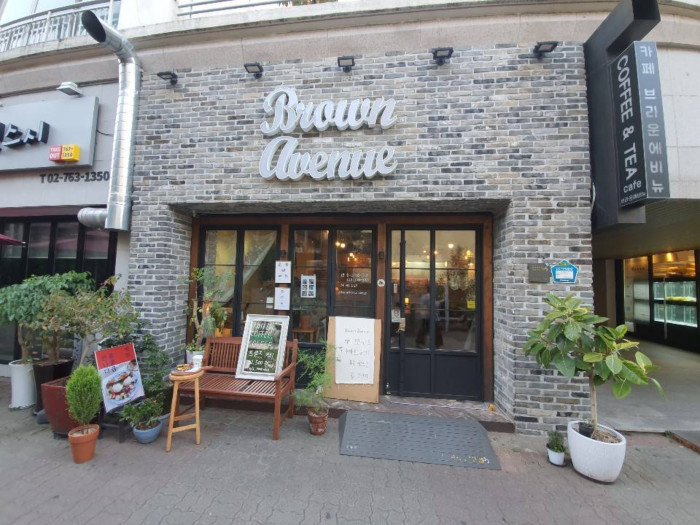
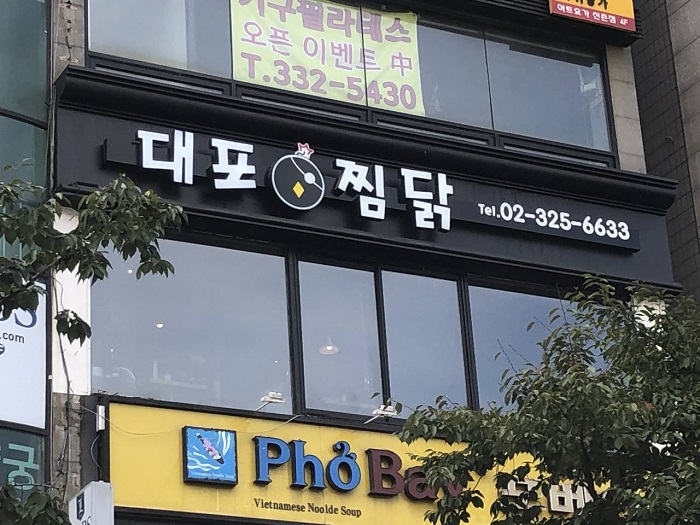
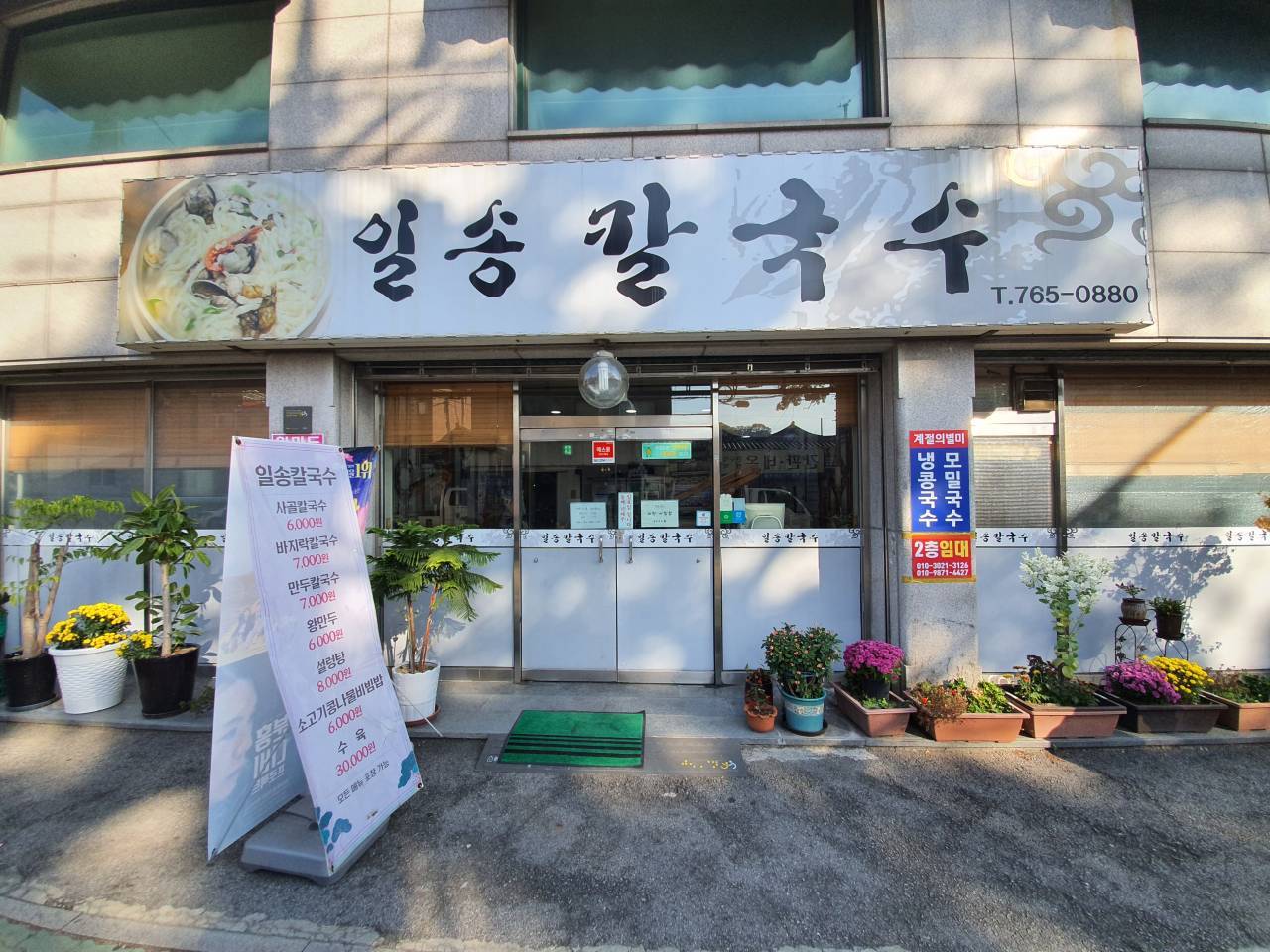
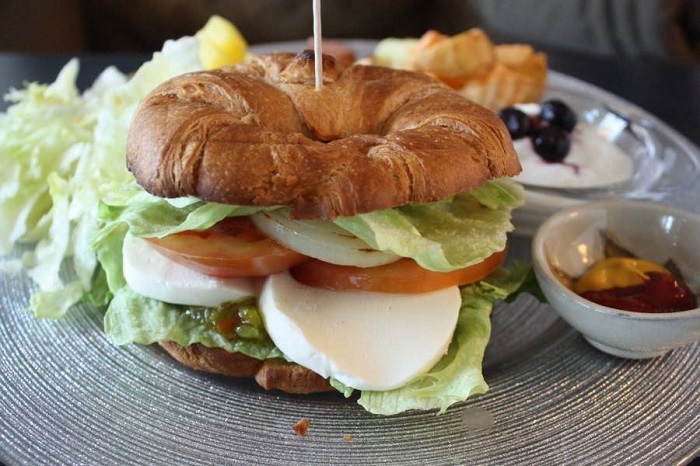
![Sinchon Sisters Hostel [Korea Quality] / 신촌 시스터즈 [한국관광 품질인증/Korea Quality]](http://tong.visitkorea.or.kr/cms/resource/92/2708492_image2_1.jpg)

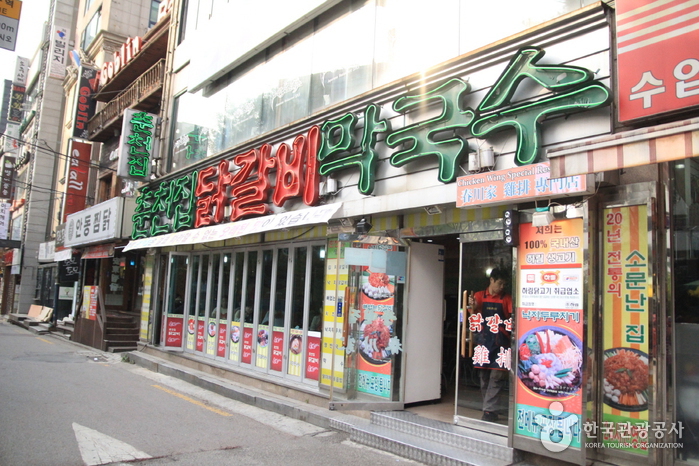
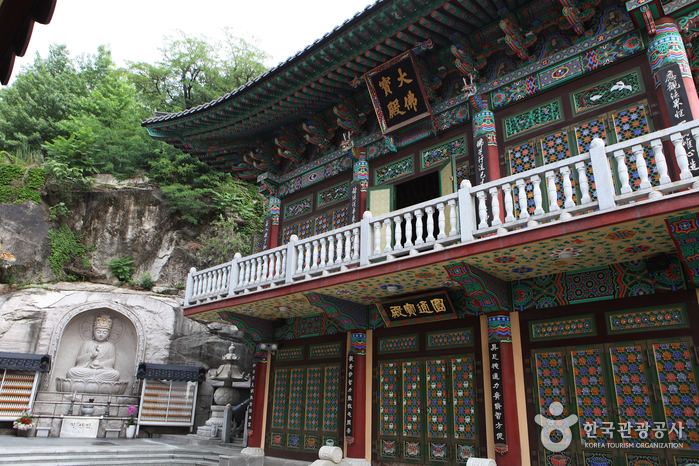
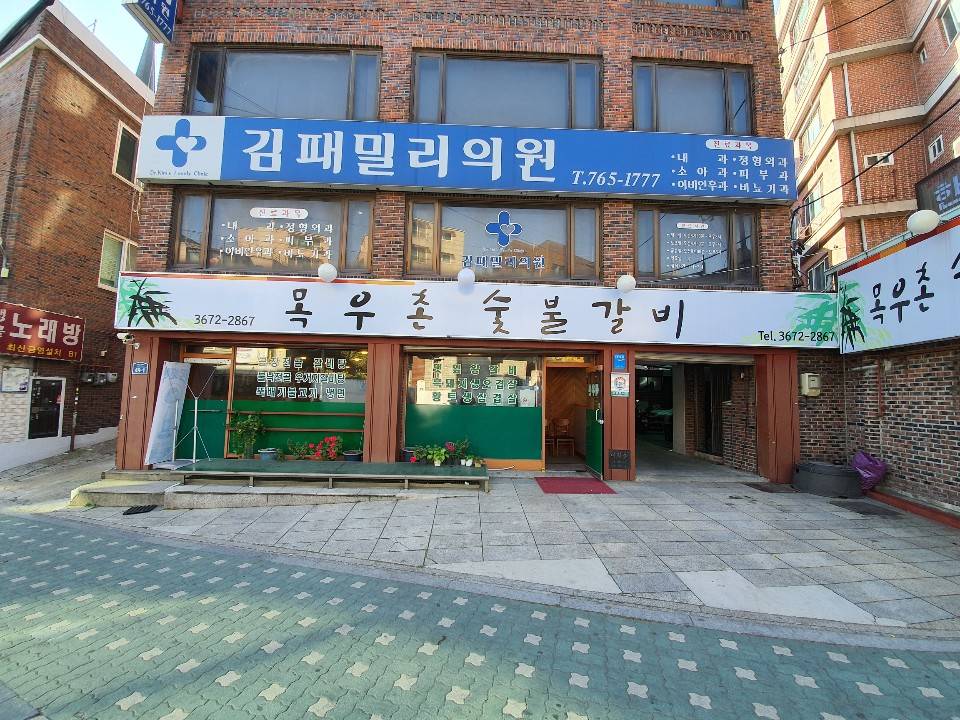
 Español
Español
 한국어
한국어 English
English 日本語
日本語 中文(简体)
中文(简体) Deutsch
Deutsch Français
Français Русский
Русский